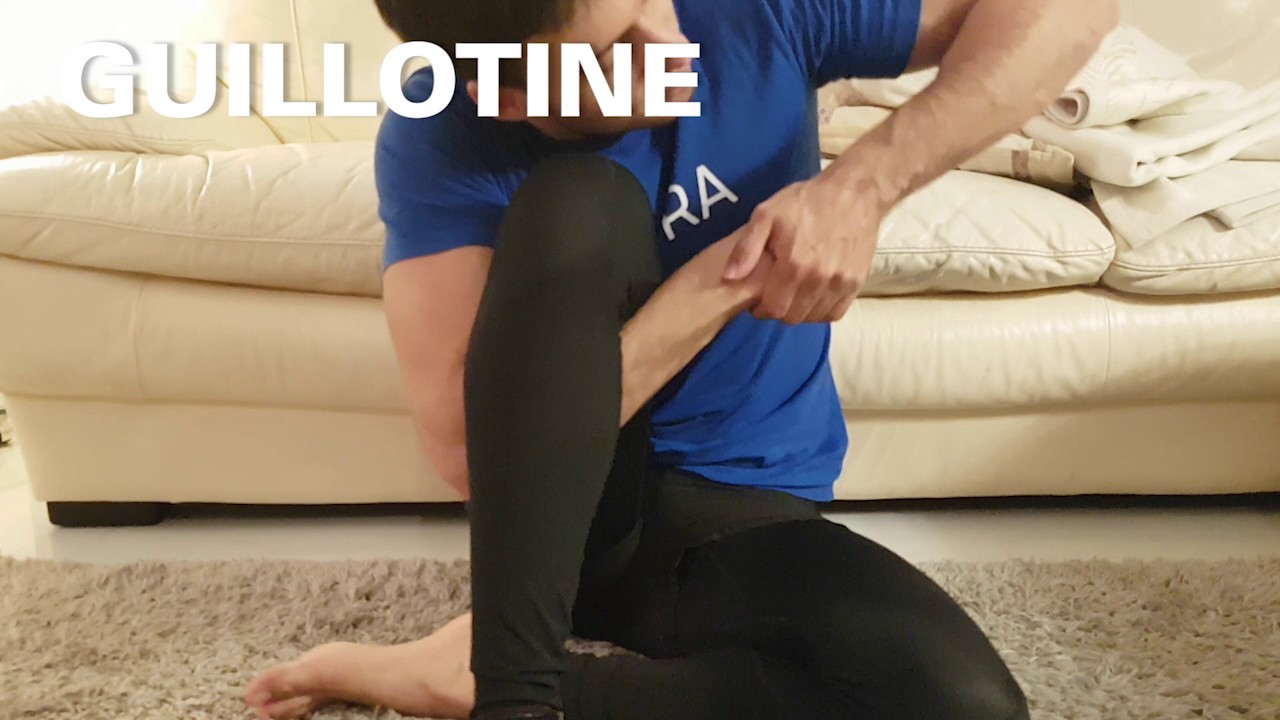Brazilian Jiu-Jitsu is not just about learning moves; it’s about refining them to perfection. A crucial aspect of this martial art is the ability to apply chokes effectively. Whether you are a novice or an experienced practitioner, practicing chokes on your own can significantly enhance your understanding and execution of these techniques.
The Importance of Squeeze
In BJJ, the squeeze is paramount. It can be the difference between a successful submission and your opponent escaping. Squeeze strength and endurance are essential, as a weak or quickly fatigued squeeze can lead to an inability to maintain a hold, forcing you to release your grip prematurely.
How to Practice Chokes Solo
Here are some practical drills you can do on your own to improve your choke techniques:
- Using Inanimate Objects: One effective method is to use objects similar in size and firmness to a human neck or body. Common items like foam rollers or yoga bolsters are perfect for this. They can withstand the pressure and provide a good approximation of human resistance. Practicing chokes on these objects allows you to understand where the choke tightens and the impact of different grip variations.
- Using Your Own Body: It might sound unusual, but you can use parts of your own body, like your legs, to simulate a neck for practicing chokes. This method is invaluable because it lets you feel exactly what your opponent would feel. For example, when applying a rear naked choke (RNC), experimenting with pinching your elbows together versus shrugging your shoulders can teach you about the effectiveness and mechanics of each technique. Feeling the squeeze on your own body gives you immediate feedback on the efficacy and safety of your chokes.
- Squeeze Duration and Intensity: When practicing, it’s important to squeeze with a consistent and controlled intensity. Squeezing too hard might lead to injury or exhaustion, while too light a squeeze may not be effective in a real match. A good practice is to squeeze for specific time intervals, gradually increasing intensity and duration as your endurance improves.
Practical Tips for Solo Practice
- Monitor your exertion: Be mindful not to overdo it. Practice at an intensity that is challenging yet safe.
- Incorporate variety: Rotate through different choke techniques to develop a well-rounded skill set.
- Be consistent: Regular practice, even outside the dojo, can lead to significant improvements. You can practice these drills while watching TV, warming up on the mat, or even relaxing at home.
Solo drills for improving chokes in BJJ are not only beneficial for developing strength and endurance but also for enhancing technical understanding. By incorporating these exercises into your routine, you can elevate your grappling skills and become more proficient in executing effective chokes. Remember, the key to mastery in Jiu-Jitsu is consistent practice and a deep understanding of each technique’s mechanics.

















